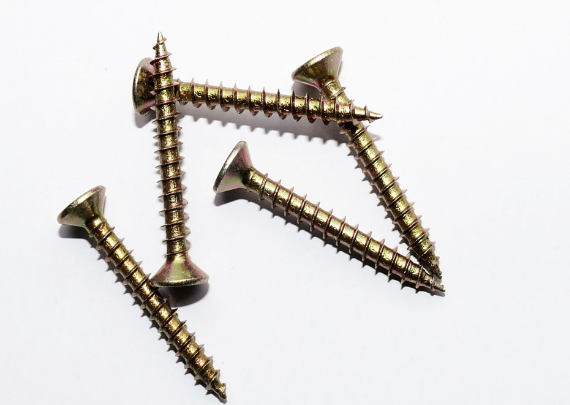Regular maintenance of your washing machine can help reduce breakdowns and costly water damage. It can also prevent potential house fires and floods. Here are ways to maintain your washer and dryer.
Replace The Water Hoses
Water hoses are prone to cracking, bulging, fraying, and leakages around the ends. Worn out hoses prevent water from flowing smoothly in and out of your washer and dryer. Check your hoses several times a year for problems and replace them if you find any defects. You can replace them with braided metal hoses that are hard to split open. Ensure you clean the filters using a bristle brush to remove any debris and sediment buildup that can reduce the machine’s water flow.
Keep the Machine Level
Ensure that your machine is level to prevent it from vibrating, rocking, or moving across the floor during the spin cycle.This can damage the floor and the machine by reducing its service lifespan. Washers can have back legs that adjust automatically or manually adjustable legs and locking nuts for leveling. You can balance the washer by turning the legs counterclockwise to raise it and clockwise to lower it.
Clean the Lint Filter Trap
The lint collector can have different locations depending on your machine. It can be in the agitator tube at the center column or near the top of the washtub. You can use a hand vacuum or long brush to remove any lint globs at the bottom of the trap. This can help you prevent potential fire damage and also ensures that your washer runs efficiently.
Wash the Washing Machine
If you wish to maintain washer and dryer, ensure that you clean them regularly. A clean washing machine will run more efficiently and last longer. You can rinse soap buildup and residue with a solution of hot water, baking soda, and vinegar through an empty load.
Do not Overload the Machine
Overloading your washer can lead to damaged clothing, poor wash results, and damage to the washer due to the machine being off balance. Make sure to use the appropriate water amount for the size of the load. Another way to maintain your washer and dryer is to wash heavy items in small loads to make it easier on the appliance.
Keep the Doors Open
Try to keep your washer and dryer open when not in use. Closing your washer and dryer doors after use can trap moisture inside, leading to the growth of mold and mildew, and musty odors. This can also prevent the door from sealing properly during the wash cycle. After each wash, wipe the gaskets to remove moisture and leave the door ajar so air can circulate to eliminate the remaining moisture. If you are using a front-loading washer, wipe dry the rubber seal around the door after every use.
Clean Your Washer’s Dispensers
Cleaning your washing machine’s fabric and detergent softener dispensers will help maintain your washer and dryer. This will ensure your machines operate efficiently, and your clothes are cleaner by removing any product buildup and bacteria. You can use your machine’s user manual to locate your washer’s dispensers if you are not sure and get more information on how to maintain your washer and dryer.
Clean Your Washer’s Drain Pump Filter
A drain pump helps to remove water from the drum. It has a filter that prevents small items from getting sucked inside and causing damage. It is crucial to check the drain pump regularly to remove any trapped items. This may help to avoid costly repairs and extend the lifespan of your washer.
Use Metal Parts
It is essential to use metal parts, especially on your dryer. Using vinyl ducts in your dryer is dangerous as they are most likely to get crushed, clogged, or catch fire. You can opt for a metal duct for your dryer that is appropriate for your dryer setup and vent layout.
Clean Your Dryer’s Exhaust Vent
If you do not clean your dryer, you are most likely to suffer from dryer-related house fires. Cleaning your dryer’s exhaust vent will help maintain the washer and dryer and also prevent house fires. Ensure that you move your dryer away from the wall and remove the exhaust vent from the back. Clean any lint trapped in the vent using a vacuum and check the vent cap to ensure that air flows freely.
Measure Your Detergent
Your washer’s instruction manual contains information on the correct type and amount of detergent for your machine. If you use excess soap, you will leave residue on your clothes and increase wear and tear on your appliance. If you have a high-efficiency washer, you should use special, low-sudsing detergent.
Install a Drip Pan Underneath Your Washing Machine
A drip pan will collect any leaks, especially on the second-floor laundry room. It helps to divert water to a floor drain and prevent water damage.




